Acorn squash: You can eat them, or just let them looking pretty
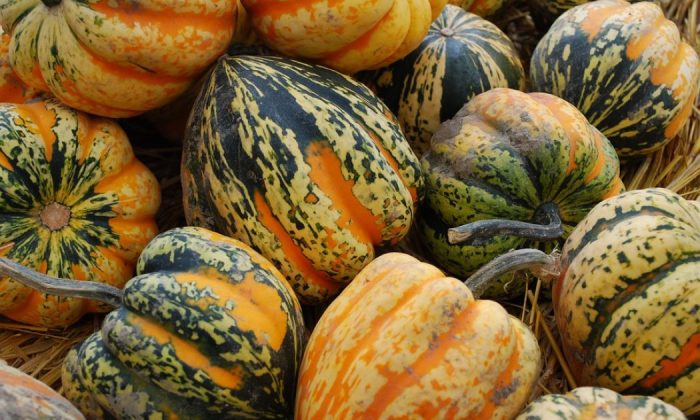
This mysterious name refers to a wonderful variety of squash. This is a relatively new variety of squash, which resembles an acorn in shape. These fruits are 15 to 20 centimetres long and look very elegant. You can already get them in various e-shops and use them as decoration or you can eat them of course.
Different varieties
When we say a squash or pumpkin, the first thing the majority of us imagine is the typical orange or yellow colour. But acorns can also be orange even though the most common colour is dark green. There are also brindled and creamy colours of acorns. Each colour represents different variety of acorn but all of them are prepared and cooked in almost the same way. Our recommendation is to remove the core and stuff them with some goodies or cut them into wedges and bake them.
Table King
You can recognize this variety very easily. It has the typical greenish colour and distinct ribbing pattern on sides. The flesh inside is yellowish with a mild nutty flavour. The shell is rather hard so you can store it easily and when you want to cook it, prepare it similarly as you would zucchini. This variety was originally cultivated by the Native Americans.
Photo: Pixabay
Cream of the Crop
As the name suggests, this squash is creamy in colour. It can reach a width of 18 cm and height of about 15 cm and a weight of around 900 g. One plant can produce up to 8 fruits. This variety offers a very good yield and grows well in our climatic conditions. It is an ideal choice for those who do not have much space to grow regular pumpkins but still want to enjoy own harvest of acorn squash.
Table Gold
This squash is beautiful orange with light orange flesh. It is usually harvested in summer when its skin is still pale yellow. It grows well and it is considered a “high-yield” squash. Bees and butterflies love these colours so they will visit your garden often – a nice addition.This variety is often grown together with beans and corn – as these three vegetables nicely complement each other – it almost seems that they compete with each other in the growth rate.
Preview photo: Pixabay

Gardening is my hobby, I have a lot of experience and I am happy to share it.
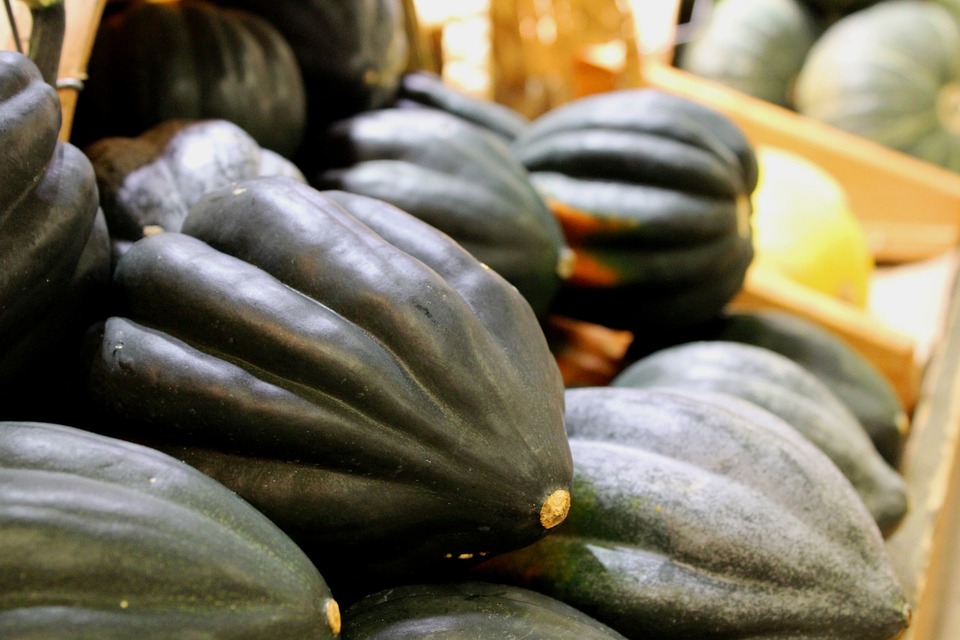



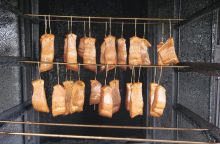
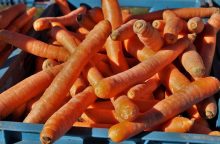
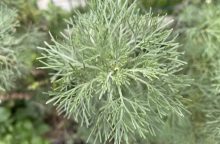

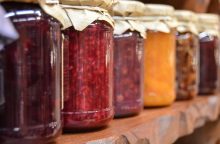
0 comments